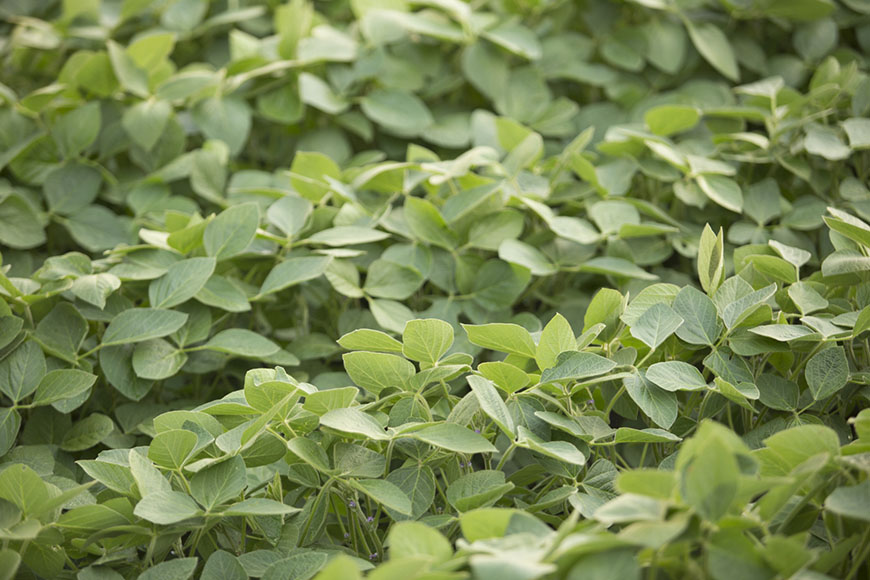Is Dicamba for You?

If you’re planning on applying dicamba this season, there are label changes that will likely have an impact on your management strategy. Here are a few of the common questions I’ve been fielding regarding dicamba. Keep these in mind as you evaluate weed control options:
What are the major dicamba label changes?
The Environmental Protection Agency (EPA) has added a number of restrictions to the previously approved dicamba label in an effort to help combat off-target movement. The major changes that will affect farmers and applicators include:
Should I use dicamba?
This will depend on each farmer’s situation, with consideration given to yield goals, weed pressure and alternative weed control options. Some farmers may choose to plant dicamba-tolerant crops without applying the herbicide because they find there is a yield advantage with the new seed genetics.
It’s important to emphasize that dicamba is another tool to fight troublesome weeds and is not meant to be a standalone product. A comprehensive weed control plan that includes layered residual herbicides with multiple modes of action is a good way to ensure weeds are adequately controlled. The bottom line is that if you do choose to spray dicamba in-season on compatible crops, the label is the law.
What can I do to ensure an effective dicamba application that stays on-target?
There are a number of application requirements that are dictated by the label and are designed to reduce the risk of off-target movement.
I also recommend adding OnTarget™ adjuvant, a drift-reduction agent that is specifically designed for use with ultra and extra coarse nozzles. It has been formulated to help reduce driftable fines with dicamba and helps improve the efficacy of dicamba herbicides by enhancing drop spreading and canopy penetration.
It is up to all of us to steward this new technology so that it will be available and effective in the future. Work with your local agronomic advisors to learn more about adding dicamba to your weed-control program.
What are the major dicamba label changes?
The Environmental Protection Agency (EPA) has added a number of restrictions to the previously approved dicamba label in an effort to help combat off-target movement. The major changes that will affect farmers and applicators include:
- In-crop applied dicamba products are now labeled as “restricted use”
- More intensive record-keeping and record-retention requirements
- Required training for all applicators
- Thorough equipment cleanout before and after dicamba application
- Restricted application timing (no pre-sunrise or post-sunset applications)
Should I use dicamba?
This will depend on each farmer’s situation, with consideration given to yield goals, weed pressure and alternative weed control options. Some farmers may choose to plant dicamba-tolerant crops without applying the herbicide because they find there is a yield advantage with the new seed genetics.
It’s important to emphasize that dicamba is another tool to fight troublesome weeds and is not meant to be a standalone product. A comprehensive weed control plan that includes layered residual herbicides with multiple modes of action is a good way to ensure weeds are adequately controlled. The bottom line is that if you do choose to spray dicamba in-season on compatible crops, the label is the law.
What can I do to ensure an effective dicamba application that stays on-target?
There are a number of application requirements that are dictated by the label and are designed to reduce the risk of off-target movement.
I also recommend adding OnTarget™ adjuvant, a drift-reduction agent that is specifically designed for use with ultra and extra coarse nozzles. It has been formulated to help reduce driftable fines with dicamba and helps improve the efficacy of dicamba herbicides by enhancing drop spreading and canopy penetration.
It is up to all of us to steward this new technology so that it will be available and effective in the future. Work with your local agronomic advisors to learn more about adding dicamba to your weed-control program.

